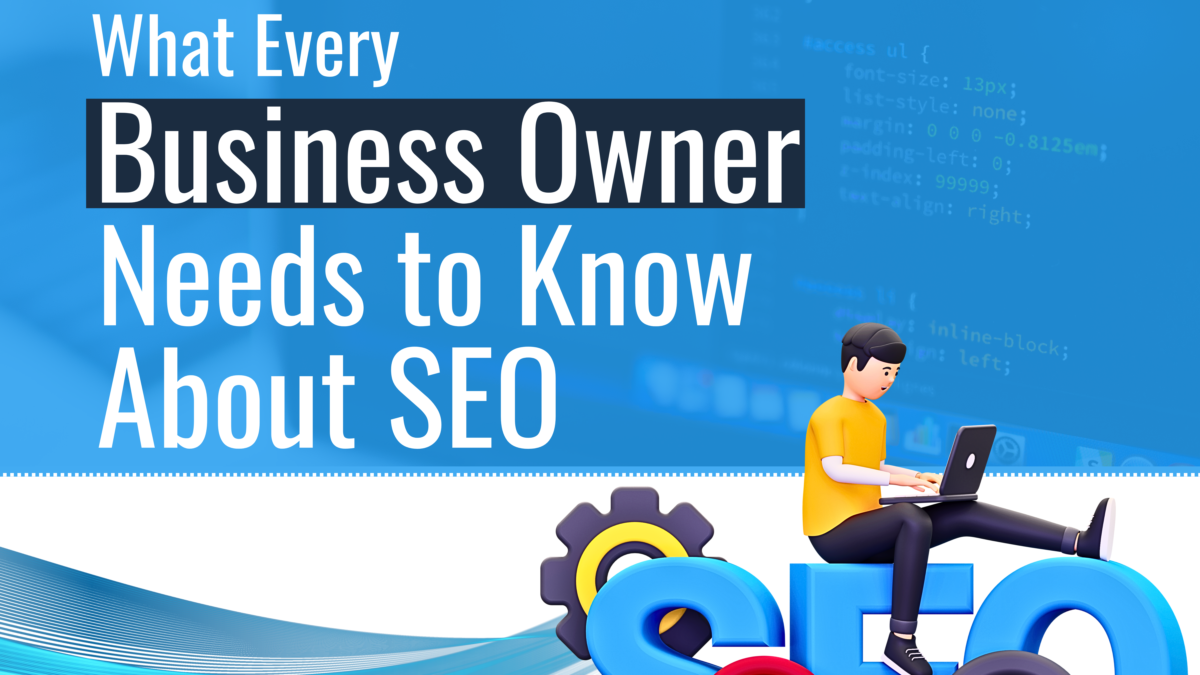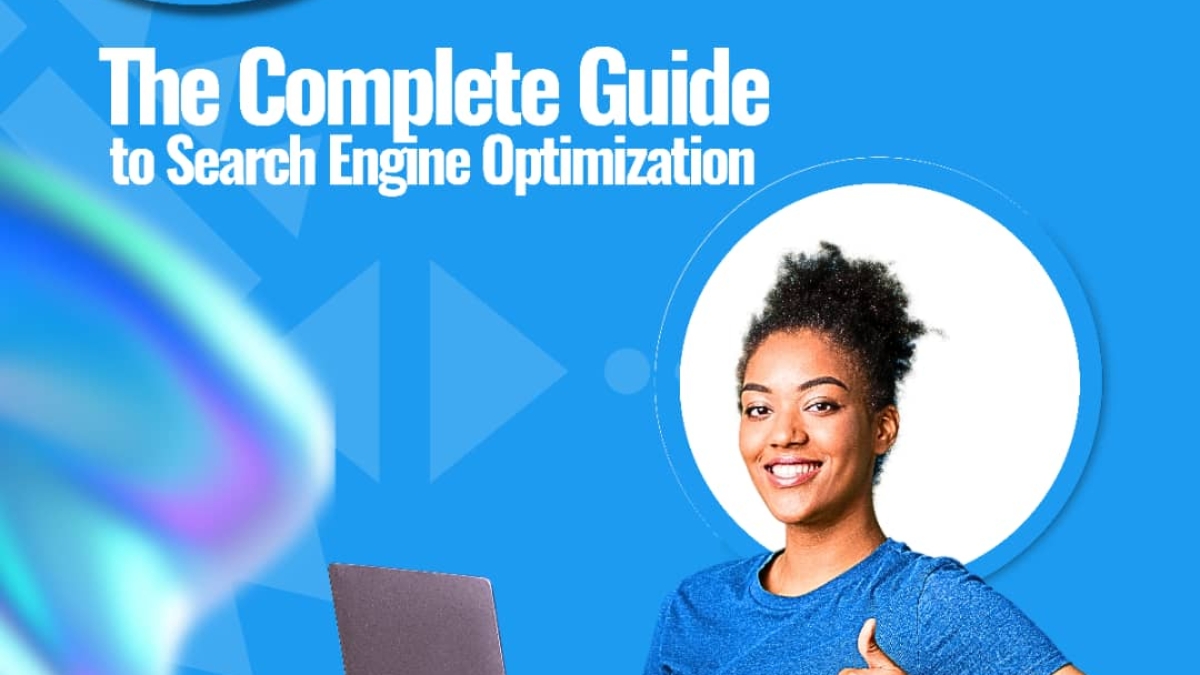Content marketing involves creating and sharing valuable content to engage your audience, serving as an effective tool for the growth of any business. To be successful in this area of marketing strategy, you need to have a strong and unique content marketing strategy.
Whether you’re new to content marketing or have been following a consistent approach for some time, it’s always beneficial to review your content strategy to ensure it’s fresh and appealing to both prospects and customers. In this guide, we’ll walk you through creating a comprehensive content marketing strategy. First let’s look at some content marketing basics.
What Is a Content Marketing Strategy
A content marketing strategy is a plan for creating and sharing content that attracts your target audience and supports your business objectives. Creating such a strategy doesn’t have to be complicated; it just needs a few key components. At the most basic level, you should have:
- Clear goals– what you aim to achieve with your content.
- Audience details– who your content is for.
- Content types– the formats you’ll use.
- A promotion plan– how you’ll share your content.
Whatever content strategy you are creating for any niche like health, fitness, finance, etc. Your goal should be to increase traffic from search engines, you should produce content like blog posts and videos on whichever niche your business falls in. Also, to promote this content, you need to use email newsletter, social media, and SEO to attract visitors to your website.
Steps to Creating a Successful Content Marketing Strategy That Works
Set Your Goals
When setting your goals, the first question you should ask yourself is— why are you creating a content marketing strategy? What’s your purpose for producing content? These questions are valid in developing a solid content strategy. To find the answers, consider your company’s main business goals, meeting discussions, and team feedback. Then, do some individual research to ensure these goals are sustainable in the long run.
Know Your Audience
Once you’ve set your goals, the next key step is understanding your target audience. If your content cannot connect with the right people, it won’t be very useful no matter how good it is. To understand your audience, you should know things like:
- Who are they? Know their demographics, beliefs, values, fears, and dreams.
- Their biggest pain points or challenges related to your products or services.
- Where they spend time online e.g Facebook, Instagram, or TikTok.
- The types of content that grab their attention and encourage them to act.
Choose Your Type of Content
The next thing to do is to decide what types of content to create. There are many options to choose from, such as:
- Blog Post
- Infographics
- Podcasts
- Videos
- Ebooks
Your kind of content should align with your goals and what you’ve learned about your audience. For instance, let’s say you decide to create videos– this decision is good because your goal is to boost search engine traffic. And you also know that your audience shows they enjoy video content.
Find Topics to Create Content on
Next is making keyword (topics) research to know the ones that have high search demand. This is crucial if you want to attract organic traffic to your website, which is a key goal in marketing strategy.
To find relevant topics, you can use tools like Semrush, Google keyword planner, Google Trends, Google Tool.
Below is how to search for keywords;
- Open the tool and type in phrases related to your industry e.g digital marketing. Click “Search.”
- You’ll get a list of topic ideas, some can be in the form of questions.
- For each keyword, the tool provides insights like how popular the topic is (search volume) and how hard it is to rank for it in Google (keyword difficulty).
Create a Content Calendar
A content calendar is a tool that helps you plan and manage your content strategy. It contains all the details for your upcoming content, including:
- Topic and title.
- Type of content.
- Status, like writing, recording, editing.
- Date
Using a content calendar ensures consistent content publishing and helps you stay aligned with your goals. You can create a basic calendar with Google Sheets.
Promote Your Content
Your content strategy should include a clear plan for getting your content to your target audience. Some effective content promotion strategies are:
- Email marketing.
- Search engine optimization (SEO).
- Social Media.
- Content syndication.
- Paid advertising.
- Public relations (PR).
- Influencer marketing.
Choose the tactics that align with your business goals, audience, and budget.
Check Your Performance
A successful content marketing strategy doesn’t stop at creating and promoting content. You also need to regularly measure how well your content is performing. This helps you understand whether your content is helping you achieve your goals or you need adjustments to boost results.
Google Analytics is a popular tool for monitoring website traffic and other key data. By analyzing these metrics, you can make informed decisions to improve your content marketing strategy.
Conclusion
Creating a content marketing strategy that works requires a clear plan, understanding your audience, choosing the right kind of content, and developing a consistent publishing schedule. You should also promote your content and track key metrics to know how your content is ranking. By constantly refining your strategy, you can achieve your business goals and engage your target audience.











